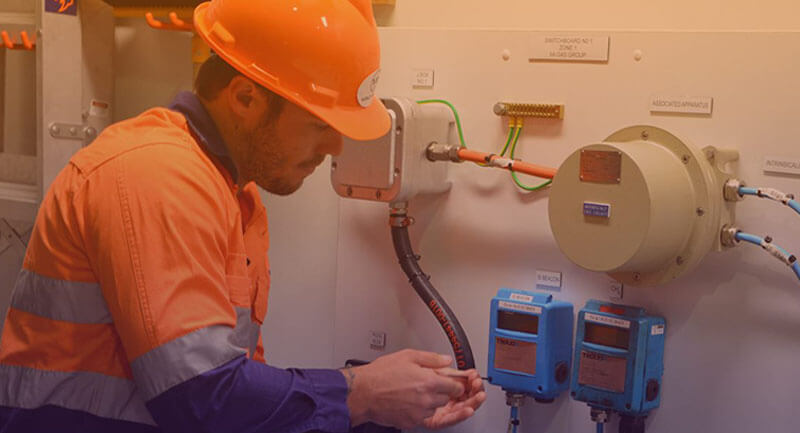

Electrical power generation systems and distribution engineers and technicians in utilities and industrial plants, managers of private electricity producers and large power consumers, substation engineers, consulting engineers, manufacturers of power equipment and technologists and other technical personnel involved in the design, operation and maintenance of high/medium/low voltage power systems.
This interactive Training will be highly interactive, with opportunities to advance your opinions and ideas and will include;
Hazards of Electricity
Earthing Systems Safety And Risk Assessment
Arc Flash Hazard Analysis And Mitigation
Electrical Safety Equipment
Safety Procedures and Methods
The Six-Step Safety Method
Pre-Job Briefings
Energized or De-Energized?
Safe Switching of Power Systems
Energy Control Programs
Lockout-Tagout
Voltage-Measurement Techniques
Placement of Safety Grounds
Flash Hazard Calculations and Approach Distances
Barriers and Warning Signs
Tools and Test Equipment
Field Marking of Potential Hazards
The One-Minute Safety Audit
Safety-Related to Maintenance Requirements
Review of General Work and Plant Safety Rules
Substations and Switchgear Rooms
Access to High Voltage Enclosures and Equipment
Responsibilities for Power Systems
Responsibilities for Operations in Power Systems
Electrical Safety Documents
Switching of Power Systems under Normal Circumstances
Circumstances Requiring Isolation and/or Earthing
Isolation
Other Earthing Methods on High Voltage Electrical Equipment
Earthing of Low Voltage Electrical Equipment of an Earthed System
Recording of HV and LV Earth
Work on Electrical Equipment
Work on Overhead Lines
Work on Electrical Equipment Operated by or Containing Compressed Air
Work on Electrical Protection Relays
Work on Remotely or Automatically Controlled Electrical Equipment
Physical Danger
Precautions
Work on Enclosures Protected by Fixed Fire Fighting Equipment
Automatic Control
Ventilation after a Discharge
Testing
Use of Safety Locks, Key Safes and Other Safety
Switching, Working or Testing in Potentially Flammable Atmospheres Hazardous Areas
Non Electrical Work in the Vicinity of Live Parts
Safety-Related Work Practices
Regulatory and Legal Safety Requirements and Standards
Safety Requirements for Special Equipment
Electrical Equipment In Hazardous Areas
Properties of hazardous / Flammable Materials.
Methods of Making Electrical Equipment Safe for use in Hazardous Environments (EX p, EX m, EX o, EX d, EX e, EX i , EX n, EX q).
Installation, Inspection & Maintenance.
International Standards Related To Hazardous Area
New classification of group/categories (Directive ATEX 94/9/EC)
Recommendations For Electrical Safety
Electrical Incident and Hazard Prevention
Electrical Safety Program
BTS attendance certificate will be issued to all attendees completing a minimum of 80% of the total course duration.
| Code | Date | Venue | Fees | Register |
|---|---|---|---|---|
| EE210-01 | 20-04-2026 | Istanbul | USD 5950 | |
| EE210-02 | 05-07-2026 | Dubai | USD 5450 | |
| EE210-03 | 13-09-2026 | Cairo | USD 5450 | |
| EE210-04 | 01-11-2026 | Dubai | USD 5450 |

Preventing the unintentional ignition of explosive atmospheres is a critical safety and economic aspect of all petroleum and chemical plant operations.

This course covers the theoretical and practical operation of common electrical equipment and components, as well as provides participants with the necessary knowledge and skills to perform electrical ...
Providing services with a high quality that are satisfying the requirements
Appling the specifications and legalizations to ensure the quality of service.
Best utilization of resources for continually improving the business activities.
BTS keen to selects highly technical instructors based on professional field experience
Since BTS was established, it considered a training partner for world class oil & gas institution
1st floor, Incubator Buildingو Masdar City, Abu Dhabi, UAE
Sun to Fri 09:00 AM to 06:00 PM
Contact Us anytime!
Request Info